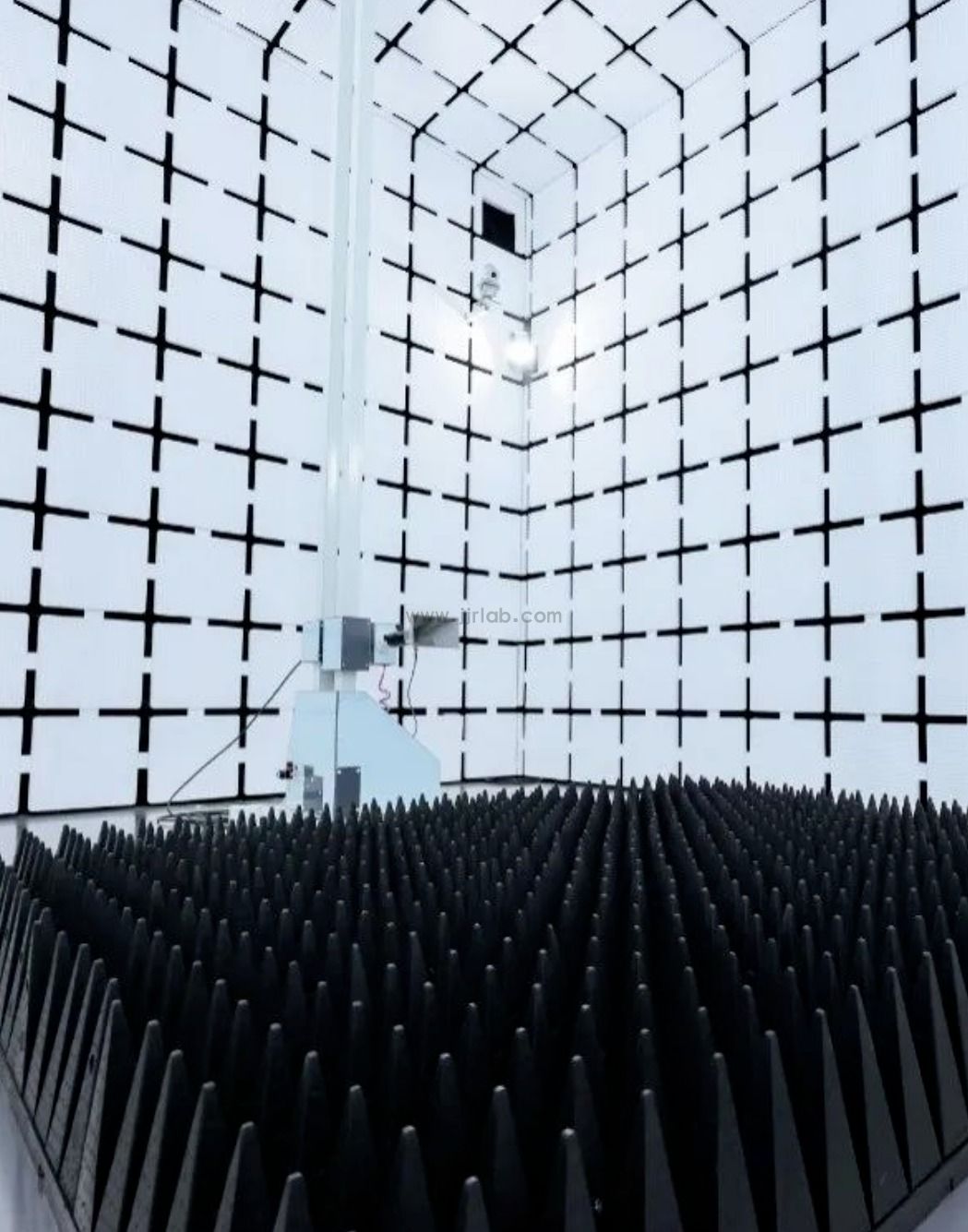
CE LVD Safety Test Report
EU low voltage directive Update 2014/35/EU
To align with the New Legislative Framework (NLF), the European Union (EU) published an updated version of the Low Voltage Directive (LVD) 2014/35/EU in the Official Journal on March 29, 2014, replacing the previous Low Voltage Directive 2006/95/EC.
The new directive came into effect on April 20, 2016, requiring all EU member states to complete legislative procedures by April 19, 2016. From April 20, 2016, any Declarations of Conformity (VOC) based on the old directive were no longer accepted.
Applicable Products
The directive applies to electrical equipment with a rated voltage of 50-1000V (AC) and 75-1500V (DC).
Objectives of the New Directive
The directive aims to:
- Clarify the responsibilities of manufacturers, importers, and distributors.
- Promote the use of electronic methods in conformity assessment.
- Enhance consumer safety through better product tracking and stricter oversight of conformity assessment bodies.
- Strengthen market surveillance mechanisms to identify and prevent the import of dangerous products.
Key Changes
- Manufacturers are solely responsible for the conformity assessment.
- Notified Bodies are no longer involved in the conformity assessment process.
Overview of LVD (Low Voltage Directive) 2006/95/EC
The Low Voltage Directive (LVD) ensures that low-voltage electrical equipment is safe for use. It applies to electrical products operating within 50V-1000V AC and 75V-1500V DC.
The directive includes safety regULations covering mechanical hazards, insulation, fire resistance, temperature limits, and failure conditions.
Scope of the Directive
The lvd directive applies to all electrical products with a nominal AC voltage of 50-1000V and a nominal DC voltage of 75-1500V. Compliance requires:
- Adequate insulation distances.
- High voltage resistance.
- Flame retardancy.
- Temperature rise control.
- Durability of critical components.
lvd testing Standards for Different Product Categories
Industrial, Medical & Scientific Equipment
- EN 60601-1 / EN 61010
Broadcasting Equipment
- en 60065 / UL 6500 / UL 1492 / CSA C22.2 M1
Household Appliances
- EN 60335-1 / CNS 3765 / CNS 3766
Lighting Equipment
- EN 60598 / UL 153 / UL 1571 / CSA C22.2 No.9 / No.12
Information Technology Equipment
- EN 60950 / UL 1950 / CSA C22.2-950
Power Transformers
- EN / IEC 61558
Power Tools
- EN / IEC 61029
Lighting Control Devices
- EN 61347
Mechanical Safety
- EN 292
Industrial Motors
- EN 60034
Light Bulbs
- EN 60432
Household Automatic Control Devices
- EN 60730
Signal Lamps
- EN 62094
Water Pumps
- EN 12157
Toys
- EN 71
Machinery Safety
- EN ISO 12100 / EN 60204
Household Cooking & Food Processing Equipment
- UL 1026
Coffee Makers & Kettles
- UL 1082
Griddles & Deep Fryers
- UL 1083
Motorized Food Processing Equipment
- UL 982
Heating Appliances
- UL 499
Massage & Fitness Equipment
- ul 1647
General Lighting Fixtures
- UL 153
Electric Fans
- UL 507
Class II Power Supplies
- ul 1310
Class II & III Transformers
- UL 1585
Audio/Video Transformers
- UL 1411
Uninterruptible Power Supply (UPS)
- UL 1778
Energy-Saving Lamps
- UL 1993
LVD Declaration Methods – Three Approaches
To comply with the Low Voltage Directive (LVD), manufacturers can choose from three methods:
1. Using harmonized EU standards.
2. Using national standards if no harmonized EU standards exist.
3. Applying the LVD requirements directly.
RequiRED Technical Documentation
Manufacturers must provide technical documentation to EU authorities upon request and retain records for at least 10 years after production. The required documents include:
- Product description.
- Design diagrams, circuit diagrams, component lists, and structural details.
- List of referenced standards.
- Safety test reports, documenting all mandatory testing results.
Declaration of Conformity
Manufacturers must issue a Declaration of Conformity (DoC) to confirm that their product complies with the Low Voltage Directive (LVD) 2014/35/EU.
Email:hello@jjrlab.com
Write your message here and send it to us
 LED Lighting EMC Testing Service
LED Lighting EMC Testing Service
 EU REACH Compliance Testing Services
EU REACH Compliance Testing Services
 Electronic and Electrical Reliability Testing Serv
Electronic and Electrical Reliability Testing Serv
 Electronic & Electrical Safety Compliance Test
Electronic & Electrical Safety Compliance Test
 Shenzhen Electronic Electromagnetic Compatibility
Shenzhen Electronic Electromagnetic Compatibility
 How to Test IP68 Rating
How to Test IP68 Rating
 Differences Between FDA and LFGB for Food Contact
Differences Between FDA and LFGB for Food Contact
 Process and Precautions for Amazon CPC Certificate
Process and Precautions for Amazon CPC Certificate
Leave us a message
24-hour online customer service at any time to respond, so that you worry!




